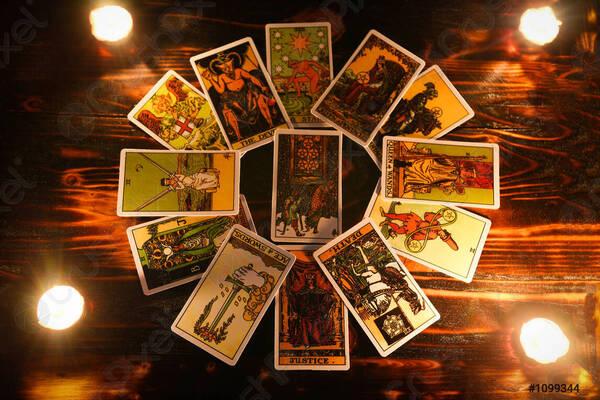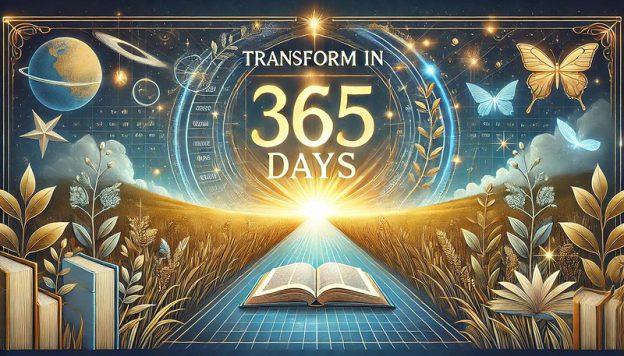AYYAVAZHI

Ayyavazhi (Tamil: அய்யாவழி, meaning “Path of the Father”) is a monotheistic spiritual tradition that emerged in southern India during the mid-nineteenth century, centred on the teachings and life of its prophet, Ayya Vaikundar (also known as Vaikunda Swami, c. 1809–1851). Though not officially recognised as a separate religion by the Indian census, Ayyavazhi functions as a distinct faith within the broader Hindu cultural framework — one that fuses ancient Tamil spirituality, millenarian prophecy, and social reform.
Ayyavazhi occupies a unique place in South Asian religious history, standing at the crossroads between Hindu mysticism, Bhakti devotion, and anti-caste reformist movements of colonial India.
Origins and Revelation
Ayyavazhi traces its origins to the southern coastal regions of Tamil Nadu, particularly around Kanyakumari and Tiruchendur, where Ayya Vaikundar was born in Swamithope (then known as Poovandanthope). His followers believe he was an avatar (divine incarnation) of Narayana, the supreme deity in Vaishnavism, sent to restore righteousness during the current age of moral decay — the Kali Yuga.
According to Ayyavazhi scripture, in 1833 Vaikundar underwent a mystical union with Narayana in the sea at Tiruchendur, emerging as a transformed being imbued with divine power. From that moment, he began his mission of spiritual awakening and social renewal, proclaiming the oneness of God, equality of all human beings, and the destruction of evil forces symbolised by the demon Kaliyan, embodiment of corruption and ego.
Scriptures and Doctrine
The two primary scriptures of Ayyavazhi are the Akilattirattu Ammanai and the Arul Nool.
- The Akilattirattu Ammanai (often simply called Akilam) is the central holy text, written in poetic Tamil. It recounts the cosmic history of creation, the successive ages of mankind, and the final divine descent of Vaikundar. The text blends mythology, prophecy, and allegory, describing an esoteric cosmology where good and evil continuously contend for dominion.
- The Arul Nool, a collection of supplementary revelations and hymns, contains moral teachings, ritual instructions, and meditative songs used in worship.
Doctrinally, Ayyavazhi teaches the supremacy of a single transcendent yet immanent deity, Ekam — the all-pervading divine essence from which all gods and beings arise. Vaikundar is viewed as the manifestation of Ekam in human form, sent to restore cosmic balance.
Ayyavazhi rejects idol worship, ritual sacrifice, and the rigid caste hierarchies prevalent in nineteenth-century Hindu society. Instead, it emphasises inner purity, truthful living, and devotional surrender to the divine will.
Worship and Sacred Centres
The principal centre of Ayyavazhi worship is the Swamithope Pathi (also known as Swamithope Thangal), located near Nagercoil, Tamil Nadu. It serves as the faith’s spiritual headquarters and pilgrimage destination, analogous to Mecca in Islam or Varanasi in Hinduism.
Other important Pathis (temples) and Nizhal Thangals (smaller worship centres) are scattered across Tamil Nadu and Kerala. Worship generally involves chanting from the Akilam, meditation, lighting of the holy flame, and community singing of hymns.
Ayyavazhi worship spaces are notable for their absence of idols — instead, a mirror is placed within the sanctum, symbolising the inner divinity present within every soul. This simple but profound symbolism encapsulates the Ayyavazhi message: the divine is not external but reflected within the human heart.
Philosophy and Social Reform
Ayyavazhi’s theological system blends metaphysical mysticism with radical social ethics. Vaikundar denounced the entrenched caste system, temple discrimination, and economic exploitation that afflicted the lower strata of colonial Indian society.
He preached the equality of all humans — men and women, high-born and low-born alike — and organised communal feasts, mass bathing rituals, and collective worship to dissolve social boundaries. His followers, many from marginalised communities, viewed Ayyavazhi as both a spiritual liberation and a social revolution.
Ayyavazhi also contains a powerful apocalyptic vision: the eventual downfall of Kaliyan (evil) and the establishment of Dharma Yukam, a new age of truth and righteousness led by Vaikundar. This eschatological element gives Ayyavazhi a strong millenarian character, promising the renewal of the world through divine justice.
Relation to Hinduism
Though Ayyavazhi draws upon Vaishnavite mythology, it diverges sharply from orthodox Hinduism in both theology and practice. It rejects the authority of the traditional priesthood, the sanctity of caste divisions, and the necessity of temple rituals.
Hindu scholars often describe Ayyavazhi as a reformist offshoot or a sect of Vaishnavism, while practitioners insist it constitutes a distinct faith — a “path revealed by the divine” rather than one inherited from scripture.
Its monotheism, egalitarian ethos, and visionary mysticism have led some modern scholars to compare Ayyavazhi to Sikhism in the north: both arose as reformist responses to religious and social rigidity within a Hindu milieu, proclaiming the unity of God and equality of humankind.
Modern Status (2025)
In contemporary India, Ayyavazhi remains centred in southern Tamil Nadu and parts of Kerala, with an estimated eight to ten million adherents. The movement maintains a strong cultural presence, operating schools, charities, and community service initiatives.
The Ayyavazhi Universal Federation (founded in 2001) coordinates educational and humanitarian programmes, while independent Pathis continue to organise pilgrimages and festivals. The faith’s annual Ayya Vaikunda Avataram festival — commemorating the divine incarnation of Vaikundar — attracts thousands of devotees to Swamithope each March.
Though not officially recognised by the Indian government as a separate religion, scholars and interfaith organisations increasingly acknowledge Ayyavazhi as a distinct monotheistic tradition, not merely a sect of Hinduism but a syncretic spiritual movement with its own theology, scriptures, and ritual identity.
Its teachings continue to resonate with modern seekers drawn to its vision of unity, social justice, and self-realisation, making it one of the most remarkable and under-recognised religious movements of postcolonial India.
Symbolism
The principal symbol of Ayyavazhi is the Lotus with a Flaming Namam, representing both purity rising from the mud of ignorance and divine illumination. The lotus stands for the awakened soul, while the vertical flame symbolises Ekam, the supreme divine consciousness. Together, they express the faith’s central message: enlightenment and equality through devotion and inner purity.
Legacy
Ayyavazhi stands today as a living example of how spiritual vision can evolve into social transformation. Rooted in Tamil mysticism yet transcending caste, ritual, and orthodoxy, it offers a deeply human message of oneness and compassion.
In the words of a modern Ayyavazhi scholar:
“Ayyavazhi is not a rebellion against faith, but its purification — a mirror in which humanity sees the divine face it had forgotten.”
Sources:
- Akilattirattu Ammanai (canonical scripture of Ayyavazhi).
- Arul Nool (secondary sacred texts and hymns).
- N. Vivekanandan, Ayyavazhi: The Religion of South India, © 2012.
- G. Patrick, Religion and Subaltern Agency in South India: The Ayyavazhi Movement, © 2003.
- International Journal of Tamil Studies, “Ayyavazhi and the Politics of Equality,” Vol. 42, 2021.
Revised Edition — Occult World
This article was reviewed and refined by Occult World, blending verified historical insight with esoteric understanding. All texts follow British English spelling.
Updated: 19th of October 2025










